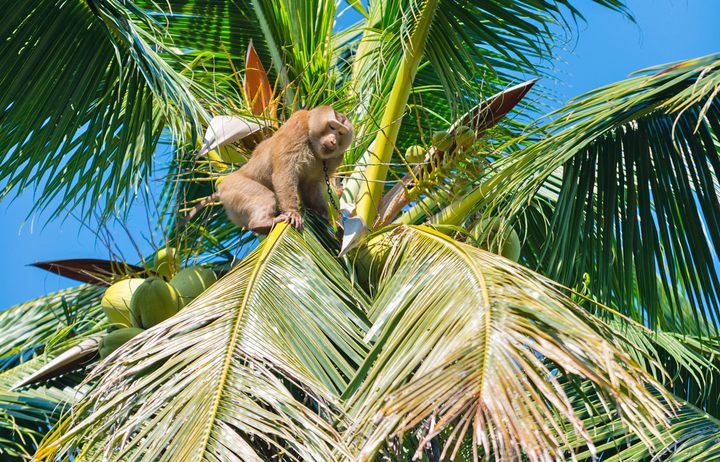

These Money-Making Monkeys Have Jobs Picking Coconuts
In Thailand, humans and simians share harvesting duties.
Suppose, for a minute, that you live on Ko Yao Noi, a small island just east of Phuket, Thailand. An important Muslim feast is coming up, and you need coconuts—to make coconut milk for curries and sweets. What do you do? You could go to the market, but you’ll probably just call Bang San.
“I harvest others’ coconuts,” explains Bang San, 72, a native of the island. “I’ve been doing this for 30 years.”
For Bang San, picking coconuts is not a solo endeavor. If you live close, he’ll simply walk over. For longer trips, he might take a motorbike. Either way, he’ll bring his assistant, his most important tool, and arguably his most valuable possession: a rather grumpy macaque named Ai Thong.
Bang San claims to be one of only three people on Ko Yao Noi who use monkeys to pick coconuts. When locals, whose property may include a few trees with ripe coconuts that are far beyond reach, need coconuts for cooking, they’ll give him a call (or, more likely, a shout; Bang San doesn’t have a mobile phone). Bang San, along with Ai Thong, and perhaps another monkey if the job calls for it, are willing to travel anywhere on the island. “They’re not scared of riding on a motorcycle,” he tells me. “They love it!”
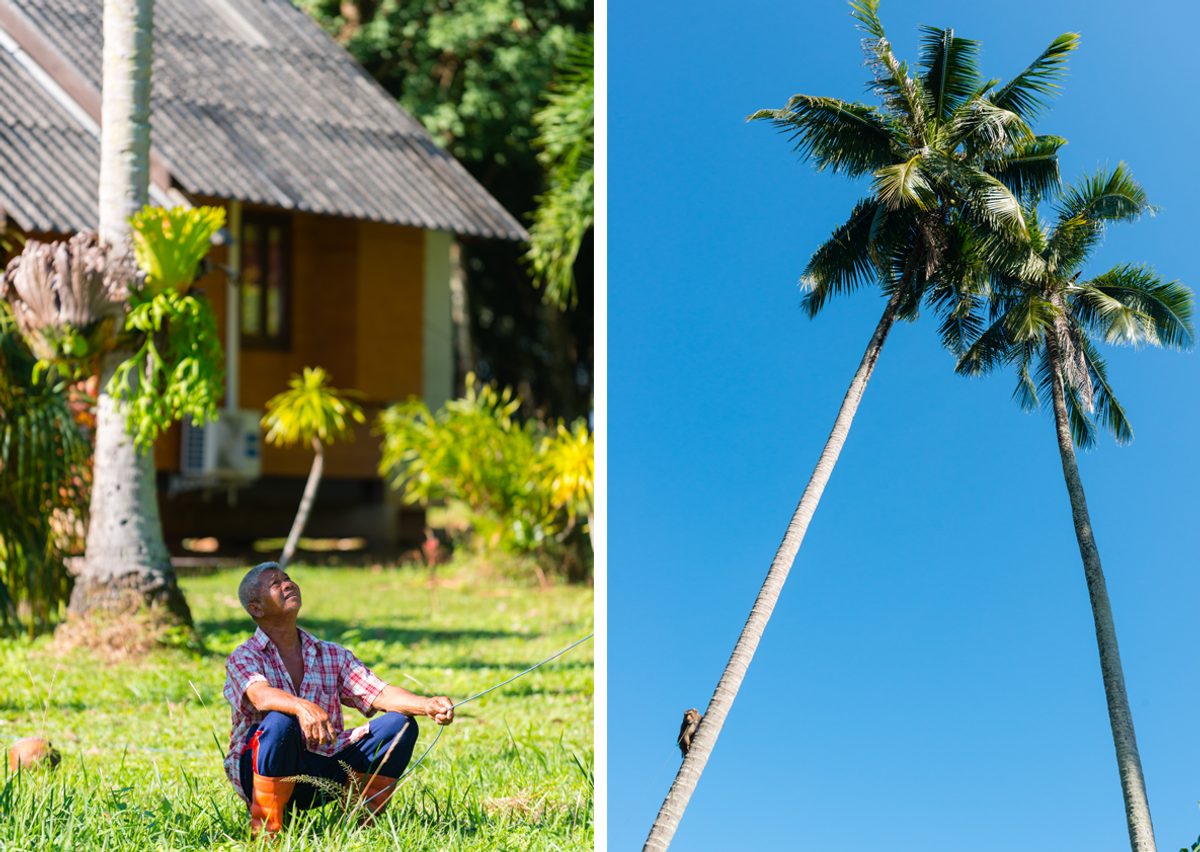
Arriving at a rural home one morning, Bang San releases Ai Thong, who, kept in check by a very long leash, immediately scampers up a coconut tree.
“I want the old, mature coconuts,” explains Bang San. “The monkeys can tell the difference: The mature ones are brown, the younger ones are green.”
Spurred on by vocal commands, Ai Thong briefly lingers 30 feet above our heads. Then he gets to work. Having chosen a nut, he spins it furiously with his hands and feet until it’s dislodged. It falls to the ground with a violent thud, rolling until it bumps into a parked car, causing some consternation among the homeowners. Ai Thong then moves on to another, and in a few seconds, there’s another alarming crash. Once the tree is depleted, Bang San grunts a command, and Ai Thong scampers down the tree and up another. After 15 minutes, the ground is studded with around 20 bowling ball-sized coconuts—a tiny haul by Bang San’s standards.
“I can get up to 1,000 coconuts a day,” he explains. “But there aren’t many coconuts this year.”

Ai Thong’s work is done; tethered to a tree, he sulks and evades my camera. For most jobs, Bang San would husk and transport the coconuts to a restaurant, a Thai-style sweets producer, or the coconut-milk maker at Ko Yao Noi’s market. Today, though, he leaves the coconuts with the family and receives a flat fee for his services. (Ai Thong is compensated in the form of sweet buns from 7-Eleven.)
Bang San is one of a dwindling handful of people who continue to use monkeys to gather coconuts. As Thai life becomes more modern, fewer people plant and maintain coconut trees, and even villagers on a tropical island are likely to buy coconut milk from the fresh market or, increasingly, in the form of UHT containers from a store. This means fewer and fewer gigs for coconut-picking monkeys, a practice that academics suspect got its start in Malaysia and Indonesia, and arrived in Thailand during the 1800s, or possibly much earlier.

Yet as coconut water and other coconut products have grown in popularity around the world, some Western news outlets have reported allegations of abuse and animal cruelty. But Leslie Sponsel, a professor emeritus of anthropology at the University of Hawaii who has done extensive research on human-primate relationships in Southeast Asia, claims that, in his experience, working monkeys are generally treated humanely.
But if you’re not on a small Thai island, or if your coconut consumption takes the form of bottles of coconut water, it’s unlikely that a monkey was involved at all.

“Our groves are huge. If we used monkeys, we couldn’t pick this amount of coconuts.”
I’m talking to Booncherd Sethawong, a production manager at Chaokoh, one of Thailand’s largest producers of coconut milk, cream, water, and other products. We’re in the middle of a coconut grove in Thap Sakae, a seaside town in the province of Prachuap Khiri Khan, about 150 miles south of Bangkok. I’ve come here to see how coconuts are gathered on a much larger scale.
Thap Sakae is coconut country: The area is famous for its rich, fatty coconuts, and the town’s road signs are decorated with coconut images. This particular grove contains about 200 trees, yet even on this scale, gathering coconuts remains an almost entirely manual endeavor.

A team of eight humans works the trees. The men use long bamboo poles that end in a sharp, curved blade. When it’s not long enough—some of the trees appear to be nearly 60 feet tall—they add steel-cored bamboo extensions. Ai Thong can pick individual coconuts more nimbly than the average Thai homeowner, but these workers knock down entire bunches of as many as six coconuts with a single cut, resulting in an almost airplane-like WHOOSH as they fly through the air and a nearly ground-shaking THUD when they hit and scatter. Female workers follow, separating the bunches with machetes, and spearing and tossing the coconuts into piles with a harpoon-like tool.
“The groves are rough, they aren’t level, so we can’t really use machines to gather coconuts,” Booncherd tells me, when I ask why automation doesn’t appear to play a role in coconut harvesting. He adds that workers also have the ability to select only the most mature coconuts, which machines can’t do. “The gatherers here know what to look for; they’ve harvested from these same trees before.”
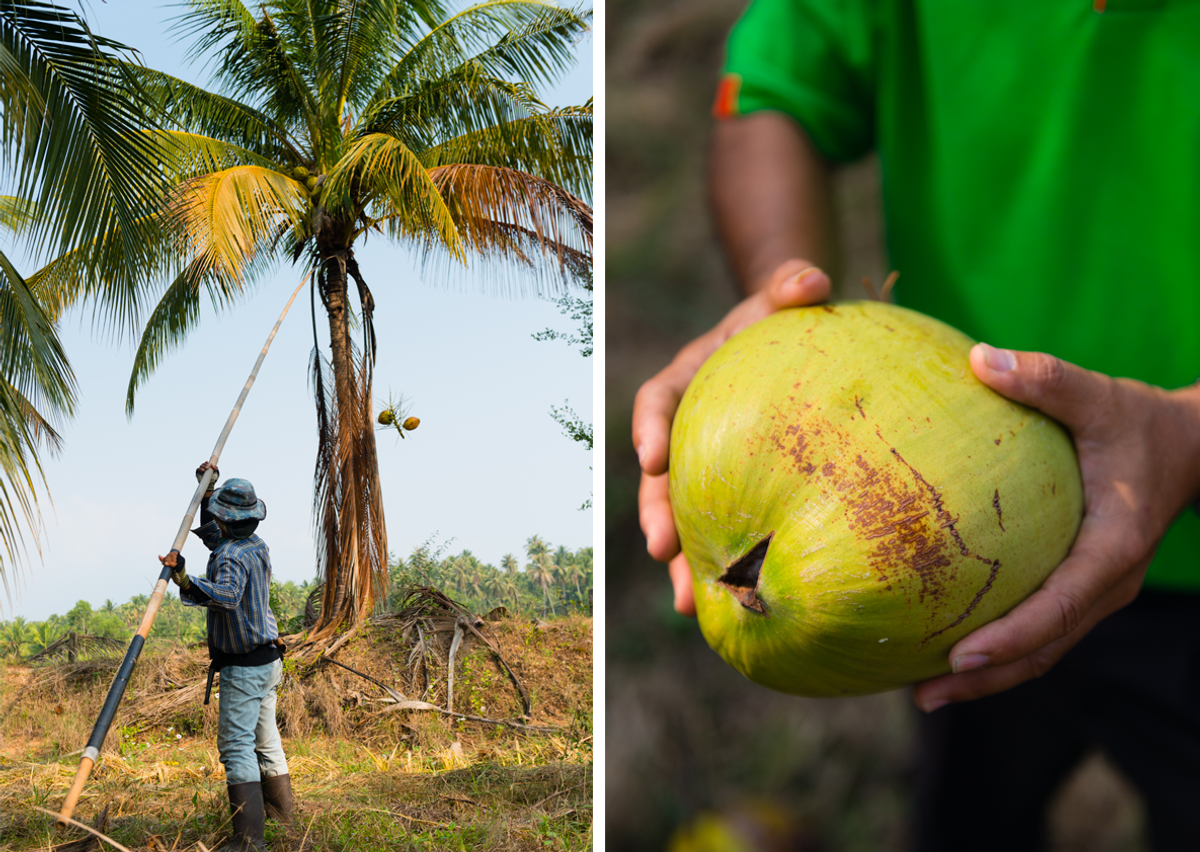
After being loaded into a tractor pulling a truck bed, the coconuts are transferred to Chaokoh’s local processing center, at which point they are husked, their juice is collected, and they are chopped roughly and sent to Bangkok, where they’ll be grated and squeezed to make coconut milk and cream.
“At most, we’ll get about 3,000 coconuts today, but this is low,” explains Booncherd, citing last year’s scant rainfall as the source of this year’s scarcity.
The contents of an entire 7-Eleven aren’t enough to bribe Ai Thong to pick this many coconuts in a single day. But the next time you’re drinking a bottle of coconut water, keep in mind that those coconuts were gathered by people, in a way that’s changed little, if at all, in centuries.
Gastro Obscura covers the world’s most wondrous food and drink.
Sign up for our regular newsletter.




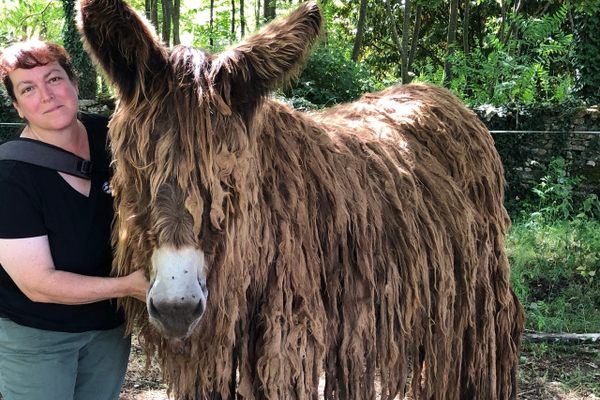



















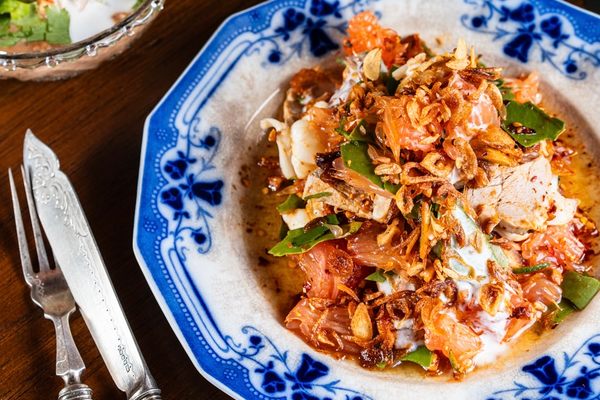
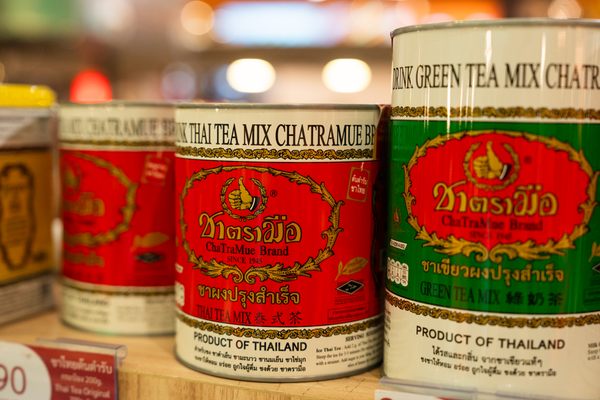


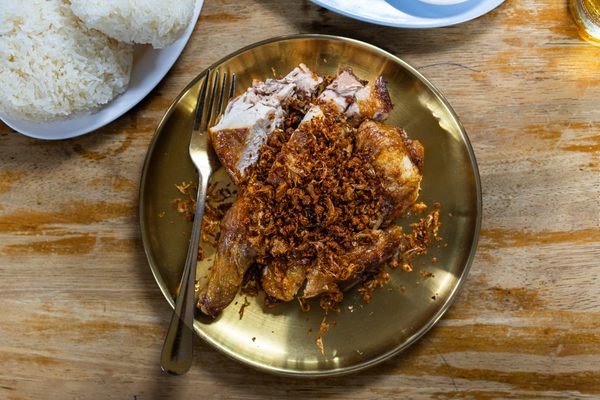


Follow us on Twitter to get the latest on the world's hidden wonders.
Like us on Facebook to get the latest on the world's hidden wonders.
Follow us on Twitter Like us on Facebook